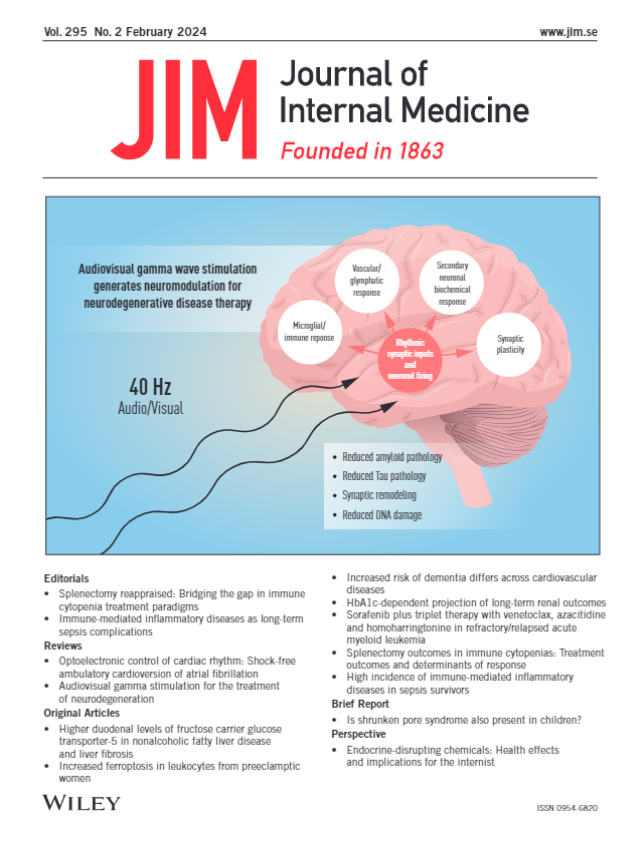Clinical, biological, and neuroimaging profiles for motoric cognitive risk syndrome in older adults: The MIND-China study
Abstract
Background
Motoric cognitive risk syndrome (MCR) has been associated with dementia, functional dependence, and mortality. We sought to describe the prevalence and distribution of MCR and to explore the clinical, biological, and neuroimaging profiles for MCR in rural-dwelling Chinese older adults.
Methods
This population-based study included 5021 dementia- and disability-free participants (mean age 70.3 years) in MIND-China. Of these, data were available in 1186 for blood biomarkers of Alzheimer's disease and vascular injury and in 1159 for structural brain magnetic resonance imaging biomarkers. MCR was defined as having both subjective memory complaints and gait speed ≥1 standard deviation below the age- and sex-specific means. Data were analyzed using logistic regression models and voxel-based morphometry methods.
Results
The overall prevalence of MCR was 13.58%, which was higher in females than in males and increased with age. Controlling for demographic and lifestyle factors, obesity, diabetes, dyslipidemia, coronary heart disease, stroke, osteoarthritis, hip fracture, and depressive symptoms were significantly associated with an elevated likelihood of MCR (p < 0.05). MCR was significantly associated with smaller volumes of the total brain tissue, thalamus, hippocampus, cerebellum, insula, supplementary motor area, and inferior frontal gyrus, higher volumes of white matter hyperintensities, and an increased likelihood of lacunes (all p < 0.05), but not with any of the examined blood biomarkers (p > 0.05).
Conclusions
MCR affects approximately one-seventh of rural-dwelling Chinese older adults. The clinical and neuroimaging profiles for MCR are characterized by cardiometabolic disorders, osteoarthritis, hip fracture, and depressive symptoms as well as global and regional brain atrophy and cerebral microvascular lesions.


 求助内容:
求助内容: 应助结果提醒方式:
应助结果提醒方式:


